Eggs, for centuries, have served as a canvas for artistic expression, from intricate pysanky to delicate Cloisonné eggs. With the arrival of spring, the age-old tradition of egg decoration takes on special significance, heralding the arrival of Easter and celebrating the renewal of life. Learn more about egg decorating and explore five creative egg-decorating ideas in this blog.
Table of Contents
- A Brief History of Egg Decorating
- Egg Decorating Techniques
- Tips and Tricks for Egg-cellent Results
- 5 Creative Egg Decorating Ideas
A Brief History of Egg Decorating
The tradition of egg decoration dates back thousands of years, with evidence of eggshell fragments adorned with primitive etchings discovered in archaeological sites associated with ancient civilizations like the Sumerians and Egyptians. In many cultures, eggs were revered as symbols of fertility, rebirth, and new life, making them natural subjects for art.
One of the most well-known forms of egg decorating is the Ukrainian art of pysanky. Originating in pre-Christian times, it involves using a wax-resist method to create intricate patterns and designs on eggs. Each motif carries symbolic meaning, with traditional motifs representing elements of nature, spirituality, and protection from evil. Today, pysanky remains a cherished tradition in Ukraine.
In the 19th century, the Russian jeweler Peter Carl Fabergé elevated egg decorating to new heights with his exquisite Fabergé eggs. Commissioned by the Russian imperial family, these ornate creations were crafted from precious metals and gemstones, showcasing unparalleled craftsmanship and artistic detail. Fabergé eggs are now among the most valuable and iconic works of decorative art.
CHRISTEN HAMMONS⎟ GREENCRAFT WINTER 2023
Egg Decorating Techniques
Natural Dyes
One of the oldest methods of coloring eggs involves natural dyes derived from plants, vegetables, and even insects. The possibilities are endless, from golden hues from turmeric to vibrant reds extracted from beetroot. Common natural dyes include spinach, onion skins, saffron, and blueberries. Not only do these dyes produce beautiful colors, but they also offer an eco-friendly and sustainable alternative to synthetic options.
Eggs are typically soaked in the prepared dye solution or boiled with the dyeing agents. The more time the eggs spend in the dye, the deeper the color saturation. Try different techniques and combinations to achieve unique patterns and shades.
Learn more about coloring eggs with natural dyes in GreenCraft Winter 2023.
Pysanky
Pysanky involves intricate designs drawn with wax and dyed multiple times to create elaborate patterns. This technique employs a stylus called a kistka to apply beeswax onto the eggshell, creating a barrier that prevents dye from penetrating certain areas. The egg is then dipped into various colored dyes, with the wax being reapplied and removed between each dyeing stage to reveal layers of intricate designs.
Pysanky eggs often feature geometric shapes, symbols, and motifs inspired by nature, folklore, and religious themes.
Decoupage
A versatile egg decorating technique, decoupage, involves adhering decorative fabric or paper onto the eggshell's surface using adhesive. With this technique, you choose from various materials, such as patterned paper and napkins, depending on your desired design and style.
To decorate eggs with decoupage, cut the chosen material into small pieces or shapes and then carefully apply it to the eggshell using a thin layer of glue or decoupage medium. You can achieve your desired effect by adding multiple layers – remember to let each layer dry before proceeding. Once the decoupage is complete, apply a sealing coat of varnish or Mod Podge to protect the design and give the egg a glossy finish.
Embellishments
Egg decorating often involves embellishments such as beads, sequins, ribbons, and metallic accents to enhance the aesthetic appeal of the finished piece. Several techniques to attach embellishments securely include glue, adhesive dots, and wire wrapping. These additions can range from delicate and intricate to bold and dramatic, allowing for creativity and personalization.
Egg Carving
If you're seeking a challenge, consider exploring the art of egg carving. Also known as eggshell sculpture, this meticulous craft involves carefully removing layers from eggshells to create intricate designs. It requires a steady hand, patience, and precision to create detailed scenes and filigree through fine-tipped drills and engraving tools.
Tips and Tricks for Egg-cellent Results
- Start with clean, dry eggs: Before decorating, don't forget to thoroughly clean your eggs to remove any dirt or oils that may interfere with the adhesion of dyes or decorations.
- Experiment with different techniques: Don't be afraid to try new methods and materials to discover what works best, whether traditional wax resist or avant-garde mixed media.
- Take your time: Egg decorating is a labor of love that requires patience and precision. Allow ample time for each step to ensure your creations turn out beautifully.
- Embrace imperfections: Remember that imperfections can add character to your designs and that each egg is unique. Celebrate the beauty of handmade art and embrace the unexpected.
- Share your creations: Whether gifting them to loved ones or showcasing them on social media, don't be shy about sharing your egg-decorating masterpieces with the world. You never know who might be inspired by your creativity.
STACY ELLIS⎟ GREENCRAFT SPRING 2018
5 Creative Egg Decorating Ideas
1. Vintage Decoupage Egg
Experience nostalgia with a decoupage egg covered in vintage postage stamps and ephemera. Gather an assortment of old stamps, postcards, and other vintage paper treasures, then use water and glue to adhere them to the egg's surface. Add hand-painted accents and metallic leaf detailing for an extra touch of elegance.
2. Sculptural Floral Egg
Craft a sculptural egg adorned with polymer clay flowers, leaves, and vines. Mold colorful polymer clay into intricate floral designs and securely attach them to the egg's surface. Paint the clay accents in vibrant hues and finish with a glossy varnish to create a stunning centerpiece that radiates with natural beauty.
3. Mixed-Media Collage Egg
Explore your artistic side with a mixed-media collage egg featuring an eclectic array of printed images, fabric scraps, and decorative papers. Experiment with layering and arrangement to create a visually captivating composition rich in texture and depth. Whether you opt for a retro-inspired design or a contemporary motif, the result will surely be a conversation starter.
4. Miniature Diorama Egg
Bring one of your beloved stories to life with a miniature diorama egg depicting a scene from your favorite book or movie. Add tiny figures, props, and landscaping elements inside a hollowed-out shell.
5. Marbled Egg
You can create a marbleized egg using nail polish. Add nail polish drops in various colors to a container filled with warm water. Swirl the colors together, then dip a hard-boiled egg into the water, rotating it to coat evenly. The nail polish will adhere to the egg, creating a beautiful marbled effect.
Learn how to make silk-dyed eggs for any occasion in GreenCraft Spring 2018.
Read more
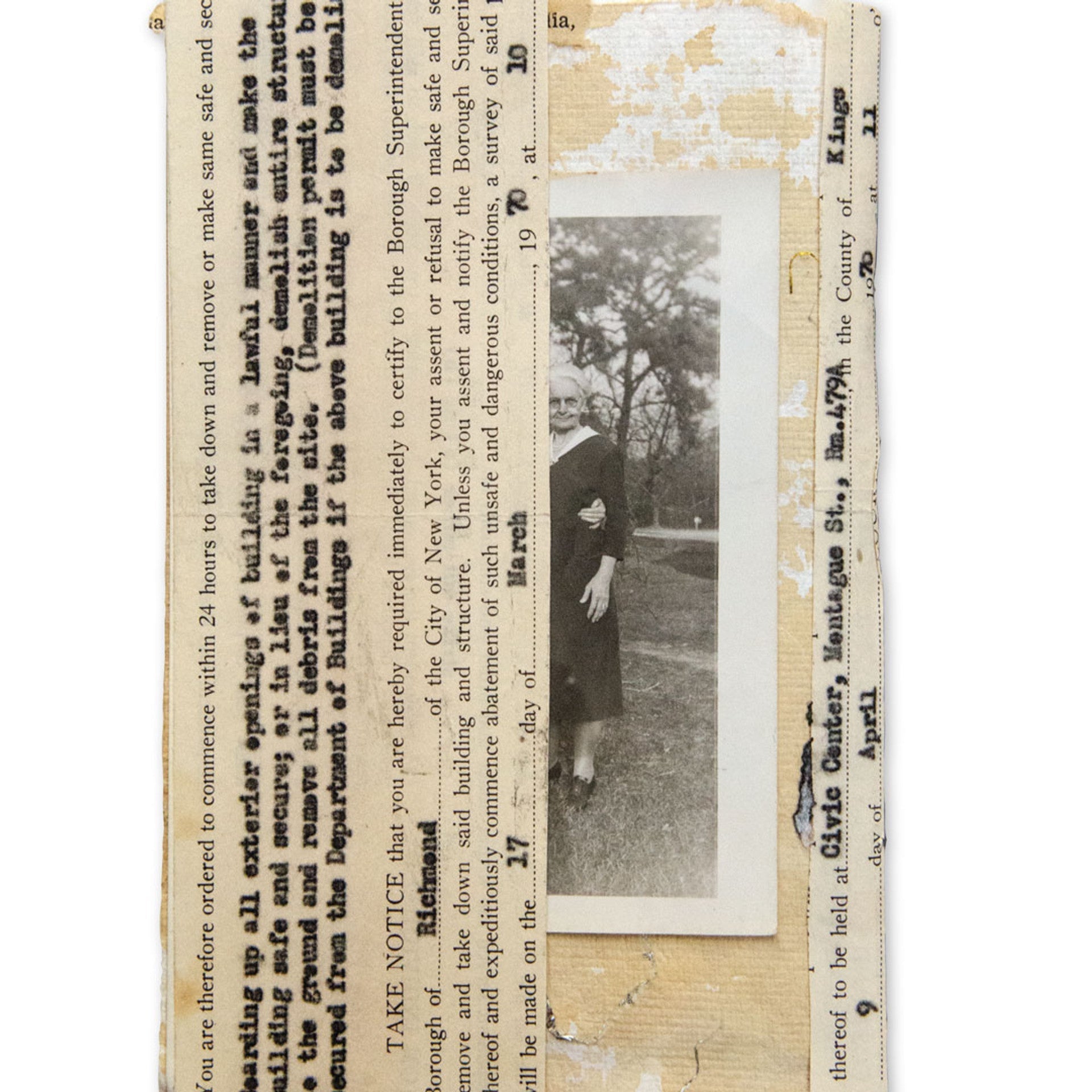
What is a junk journal? It is a one-of-a-kind, eclectic 'you' type of book. The beauty of a junk journal is that it can be anything you want it to be. Not only does junk journaling provide a creative outlet for self-expression,...
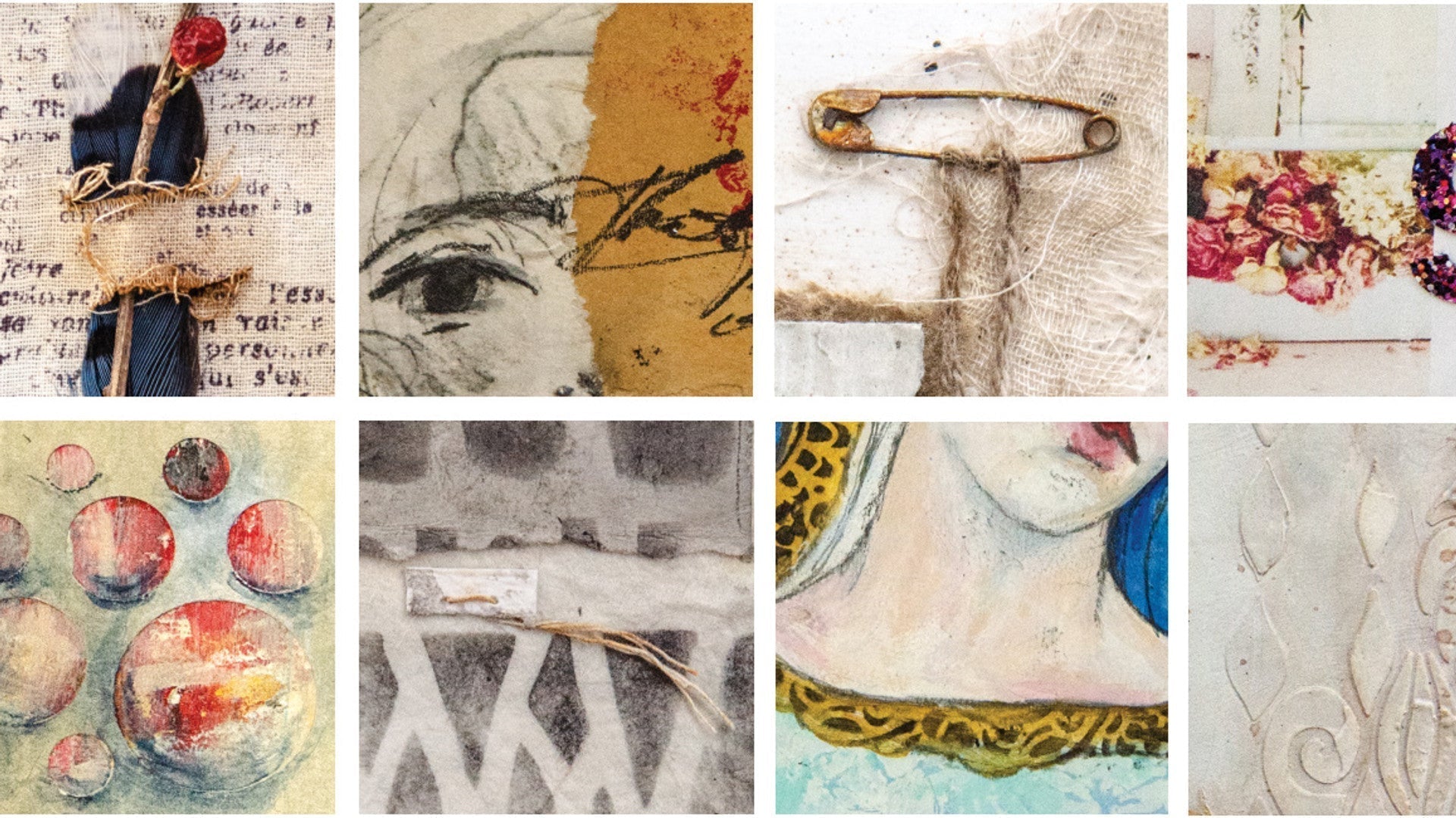
The wonderful thing about mixed-media is that anything goes, from materials, to topics, to techniques. But sometimes when you are faced with so many possibilities, you freeze with indecision. We’ve compiled 20 quick and easy te...


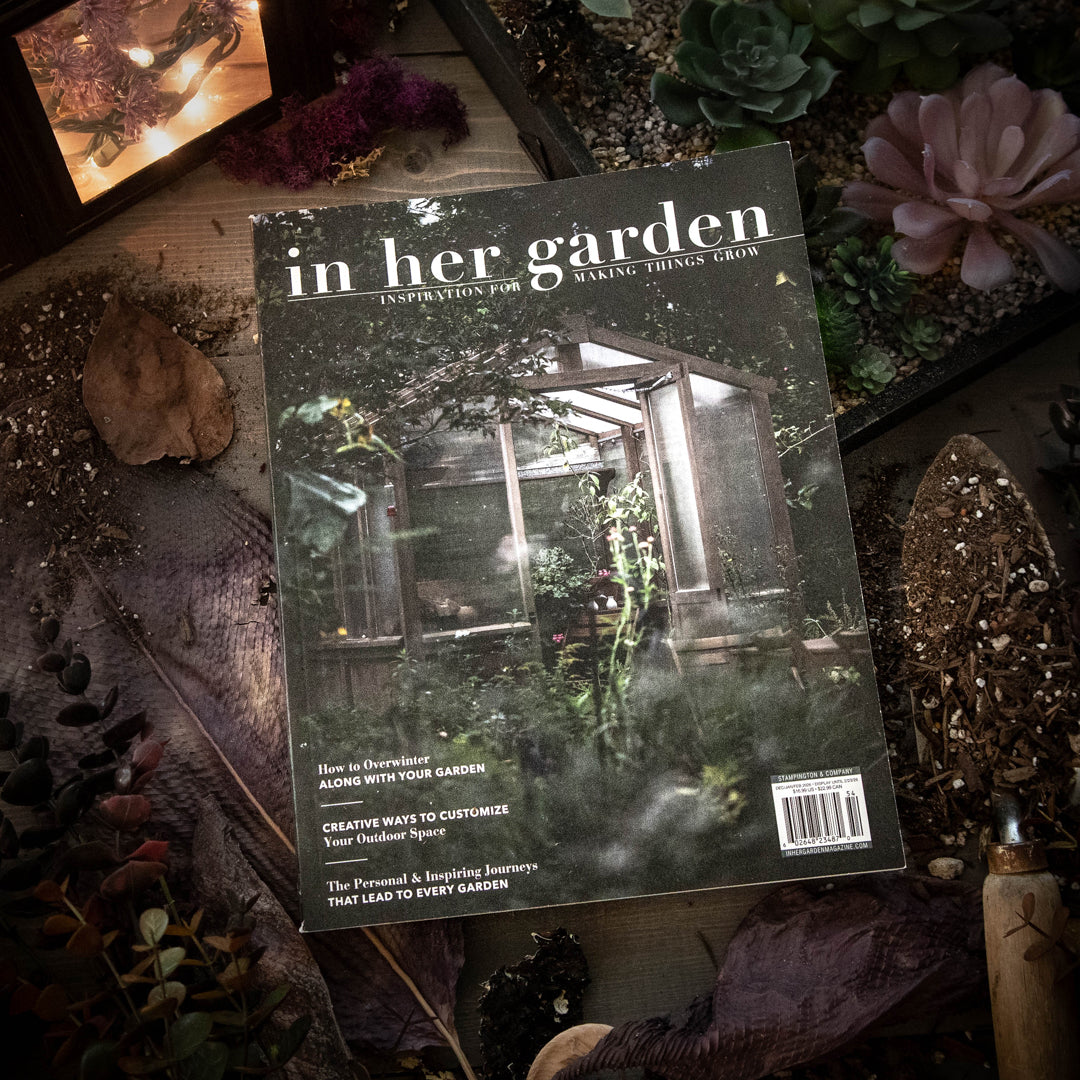
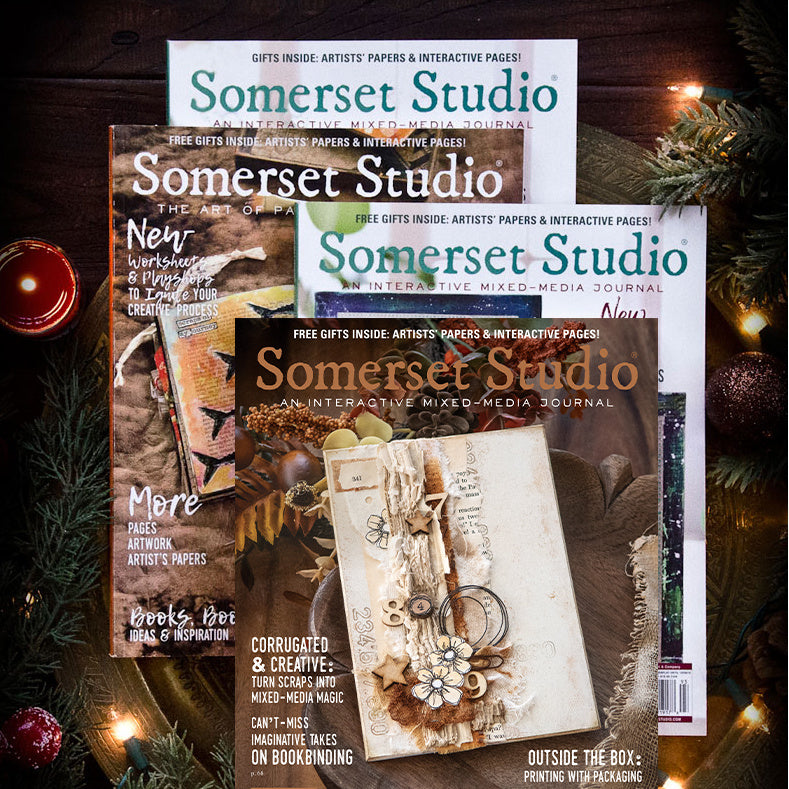
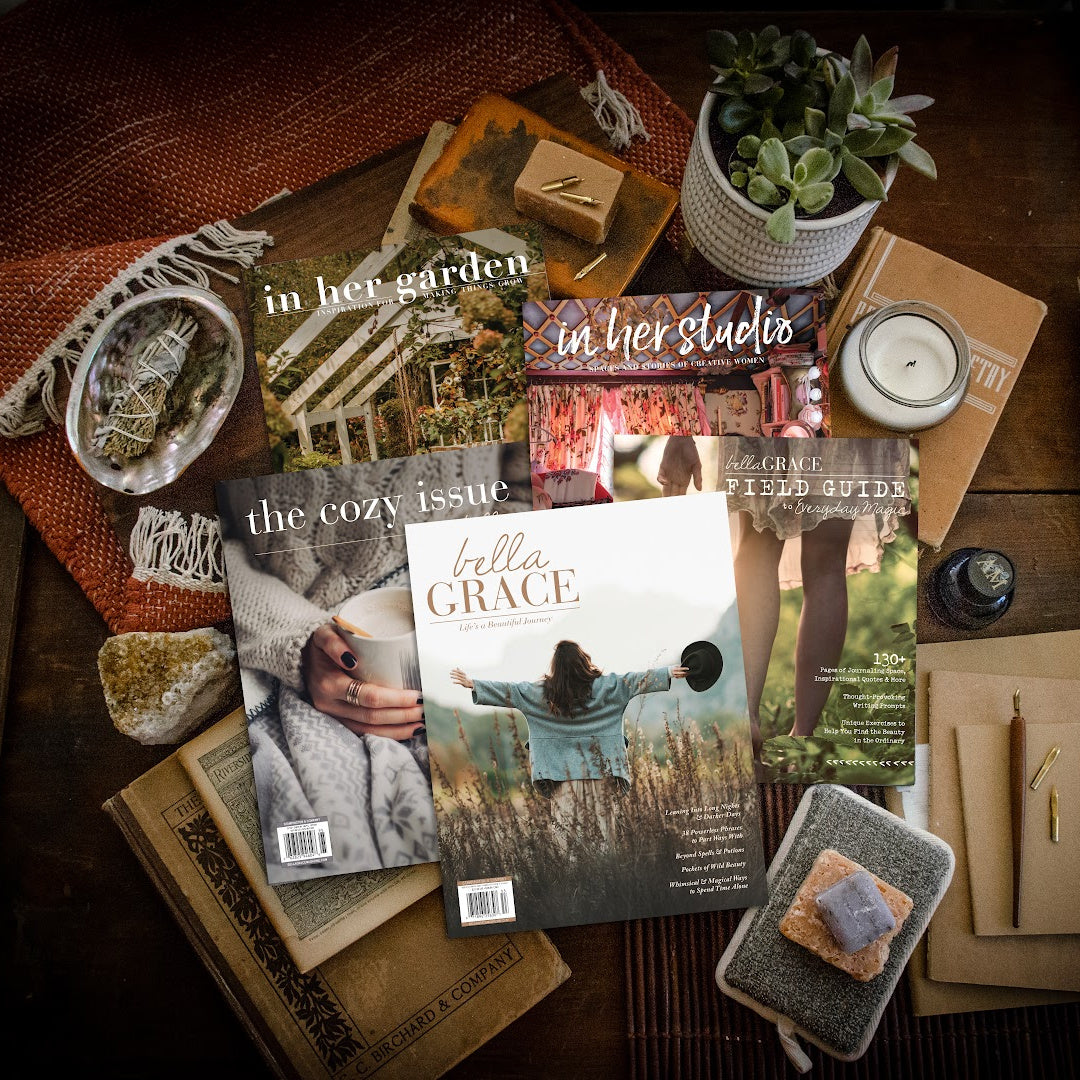
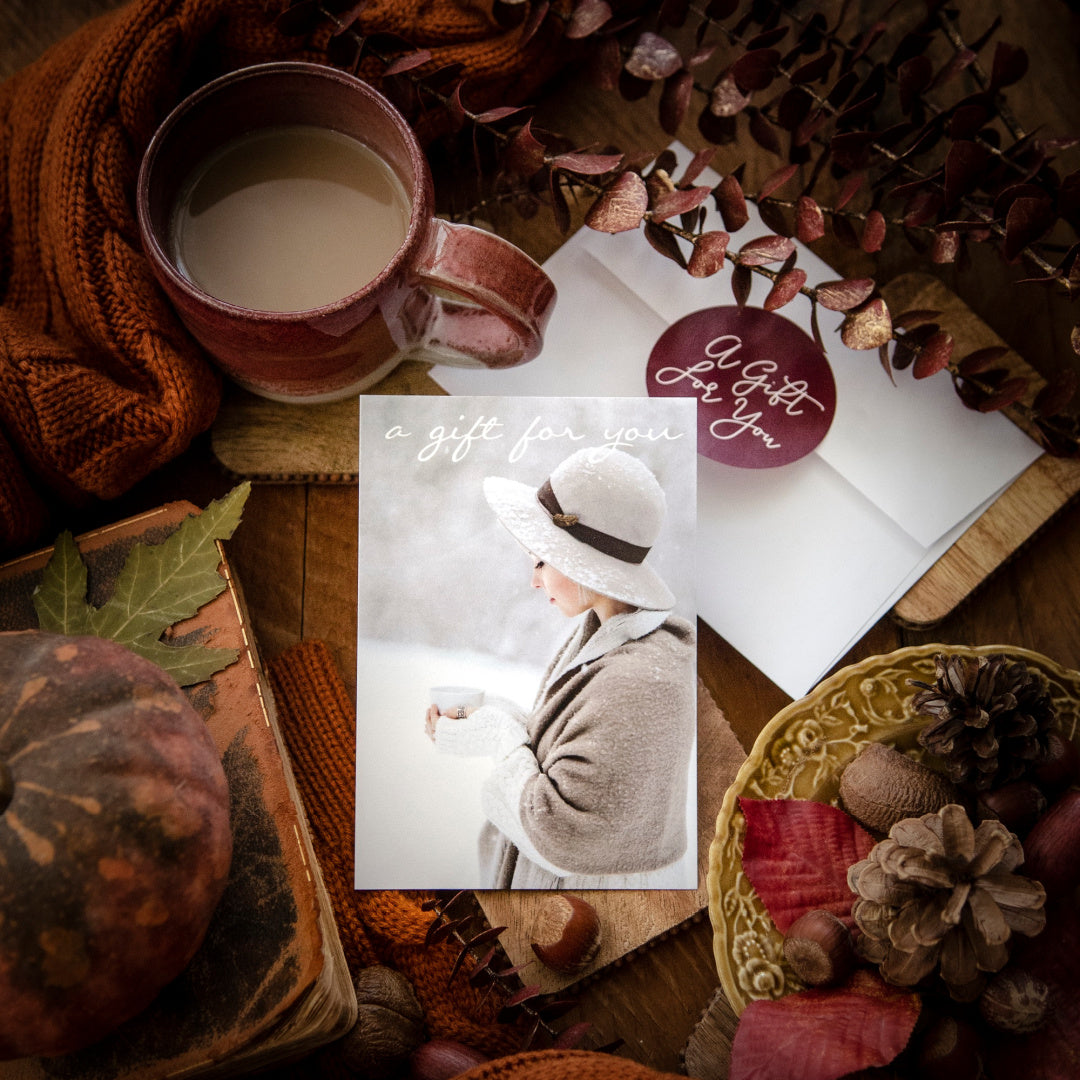
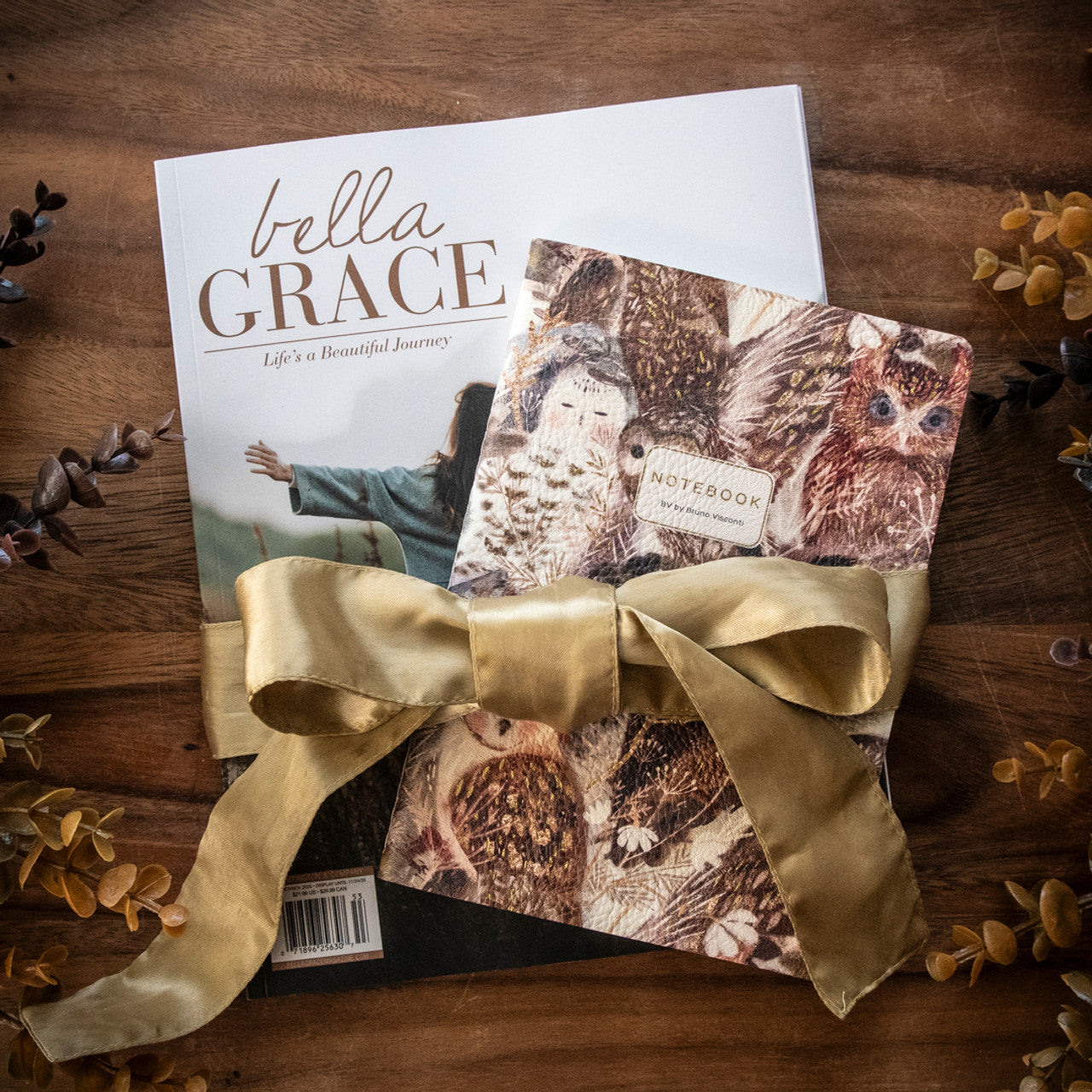
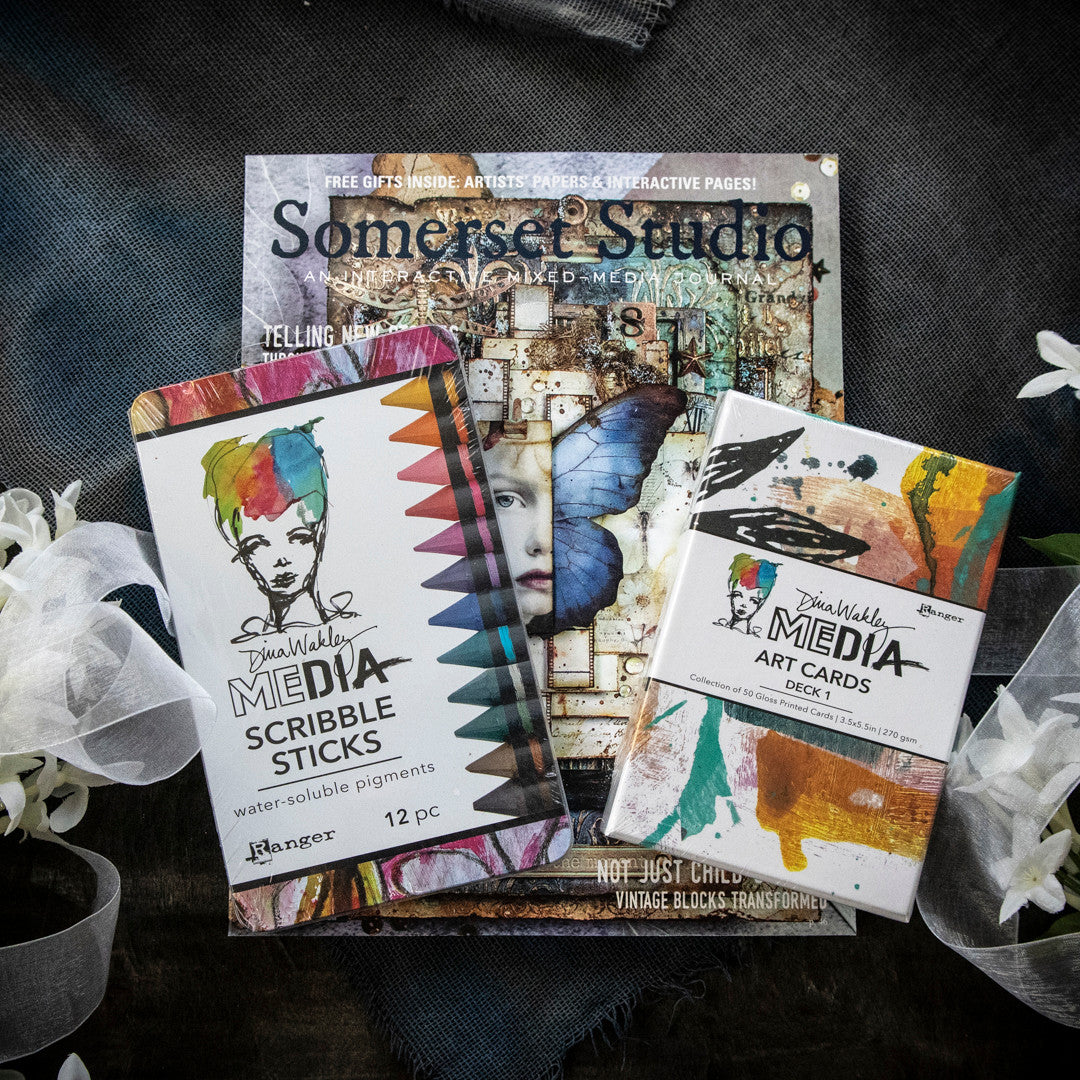
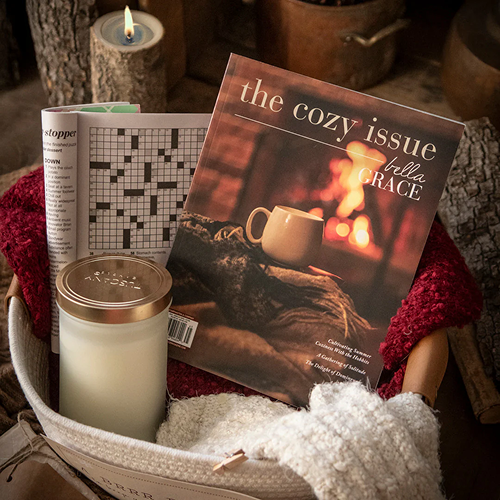
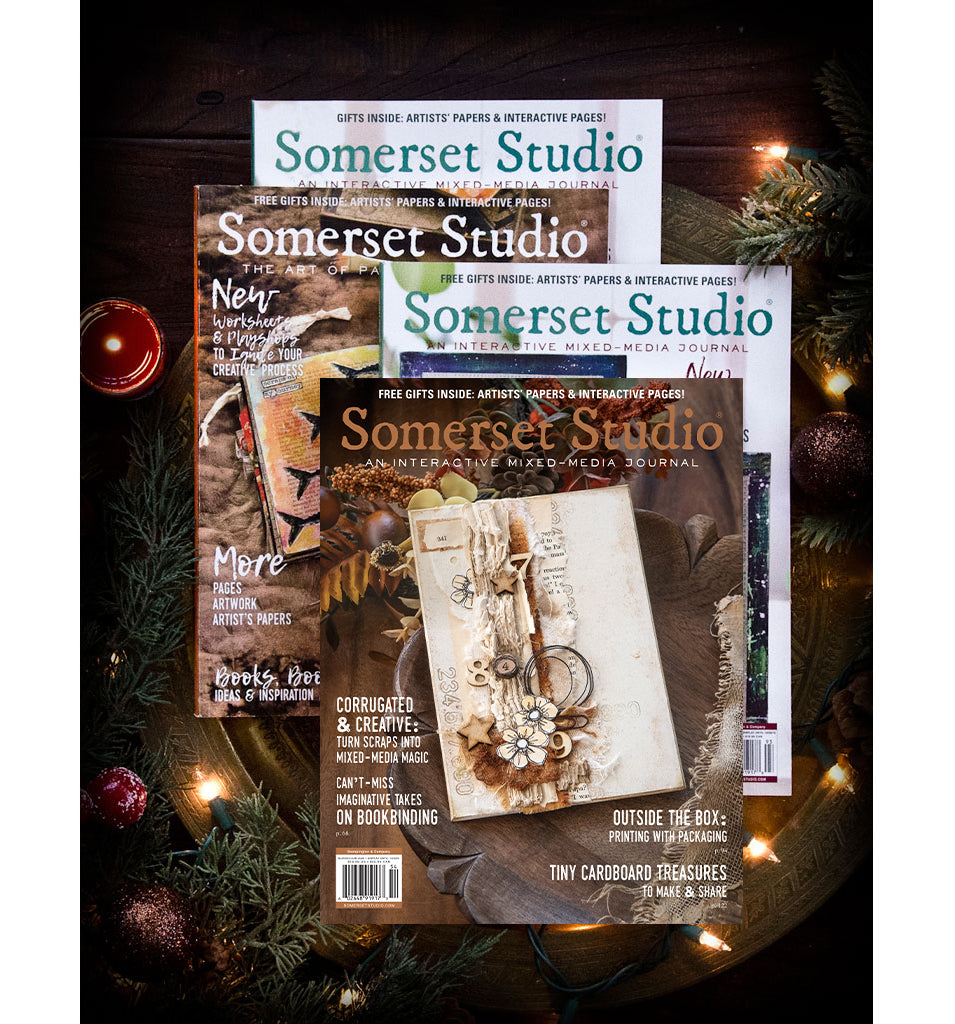
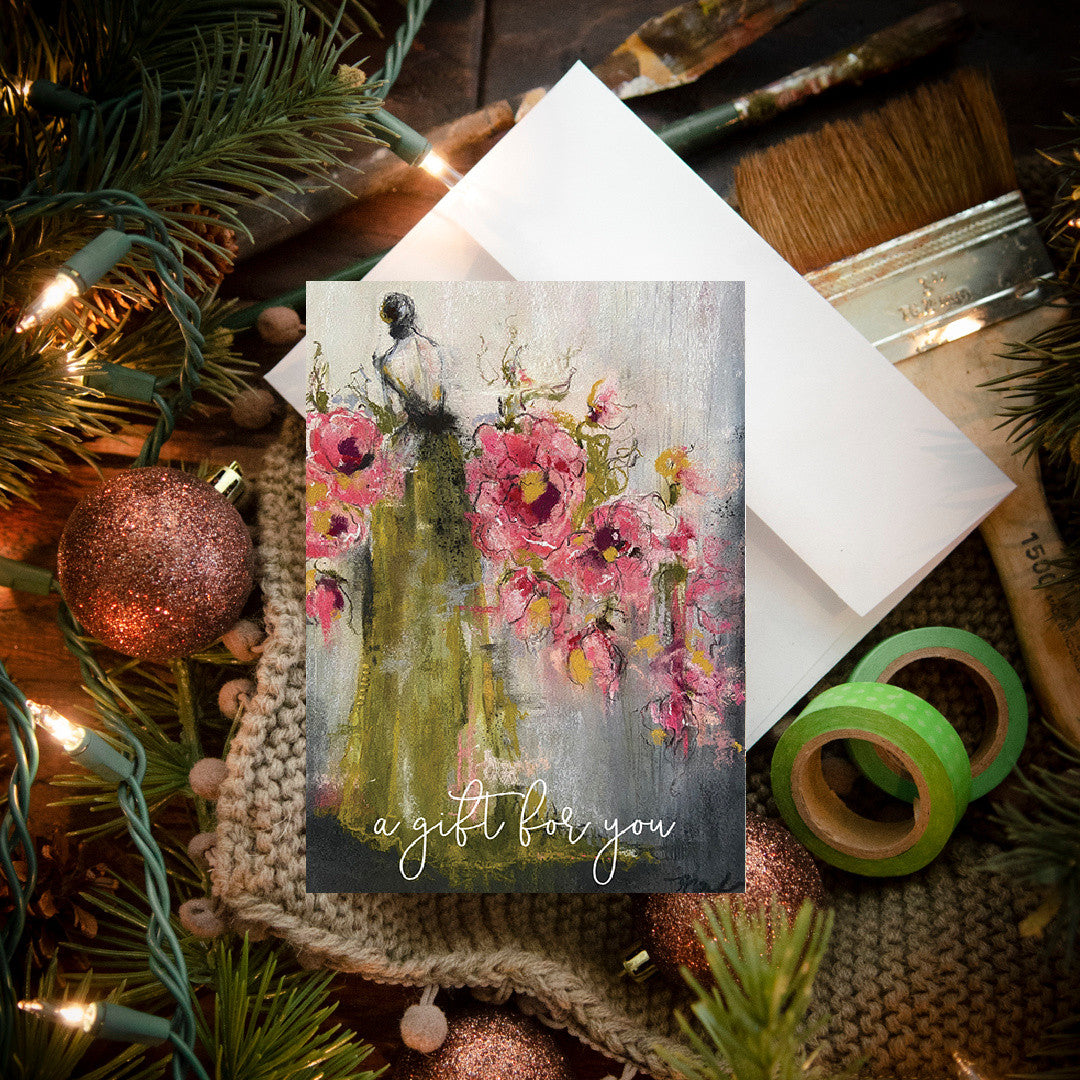

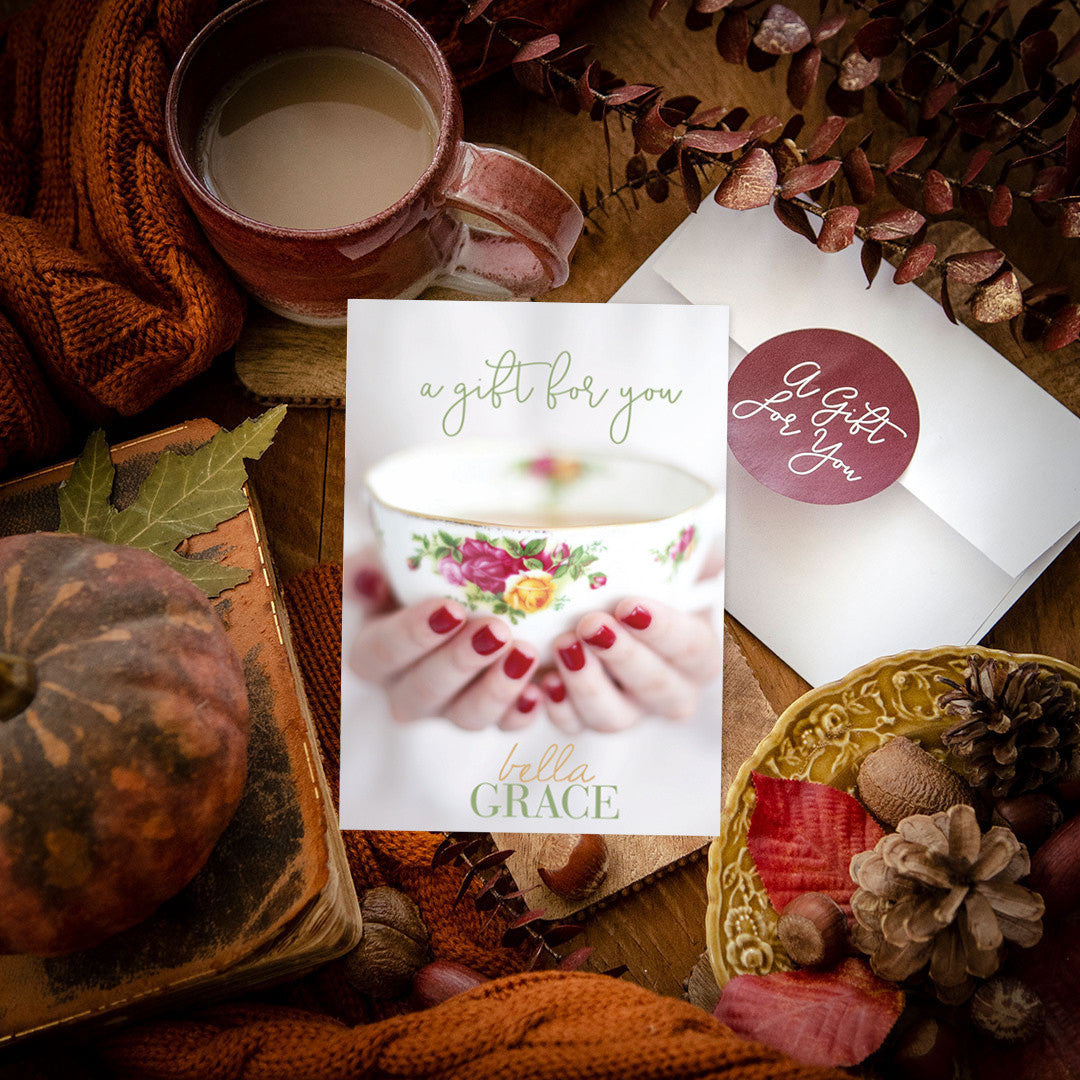
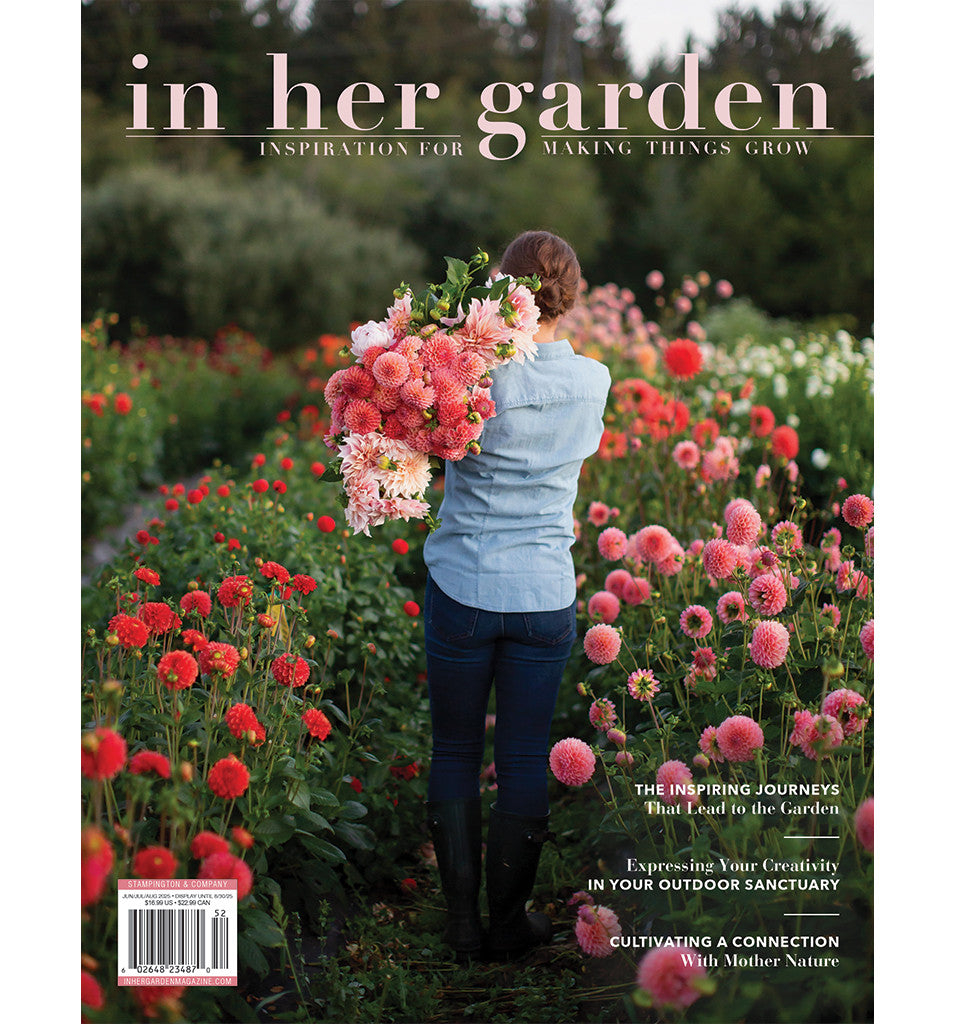

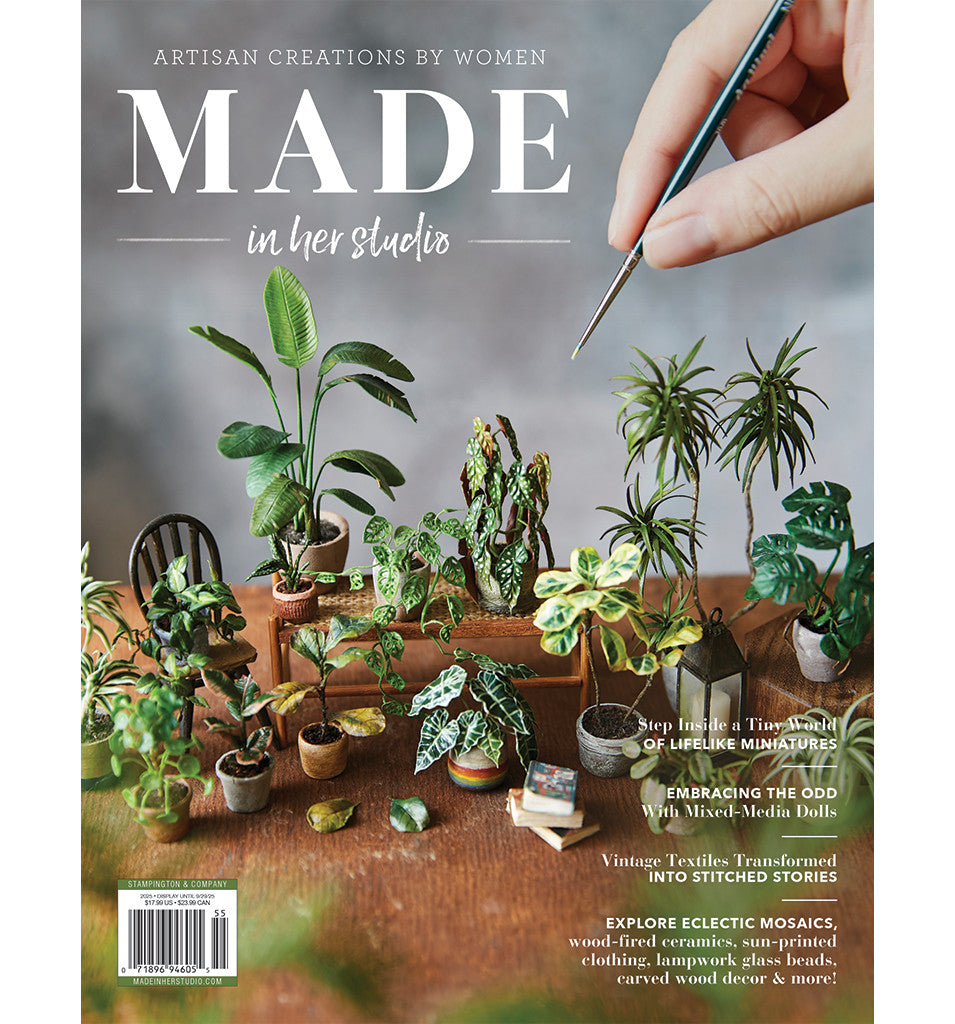
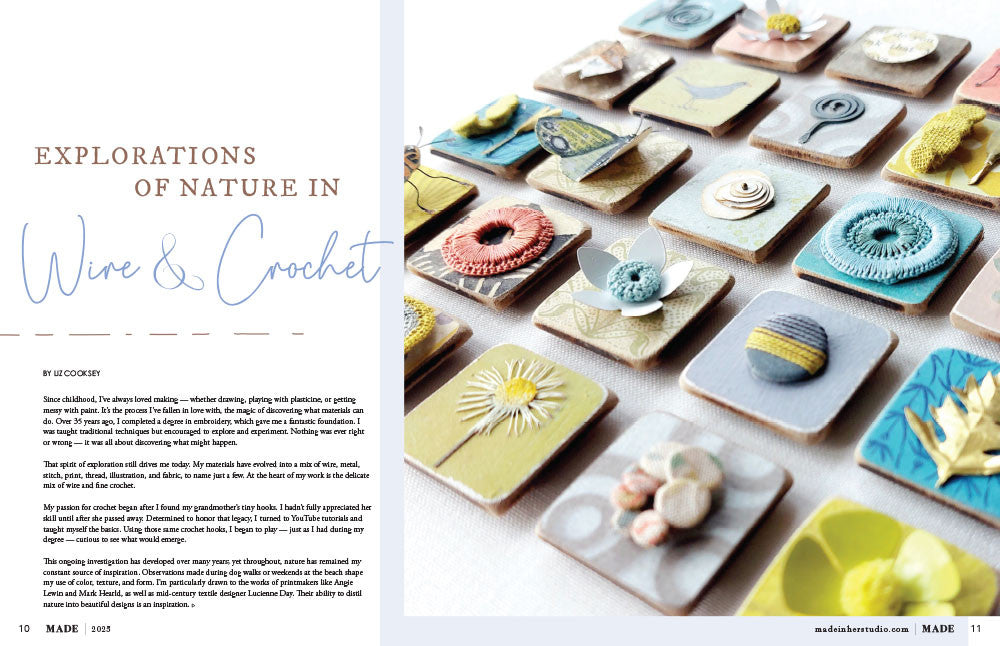
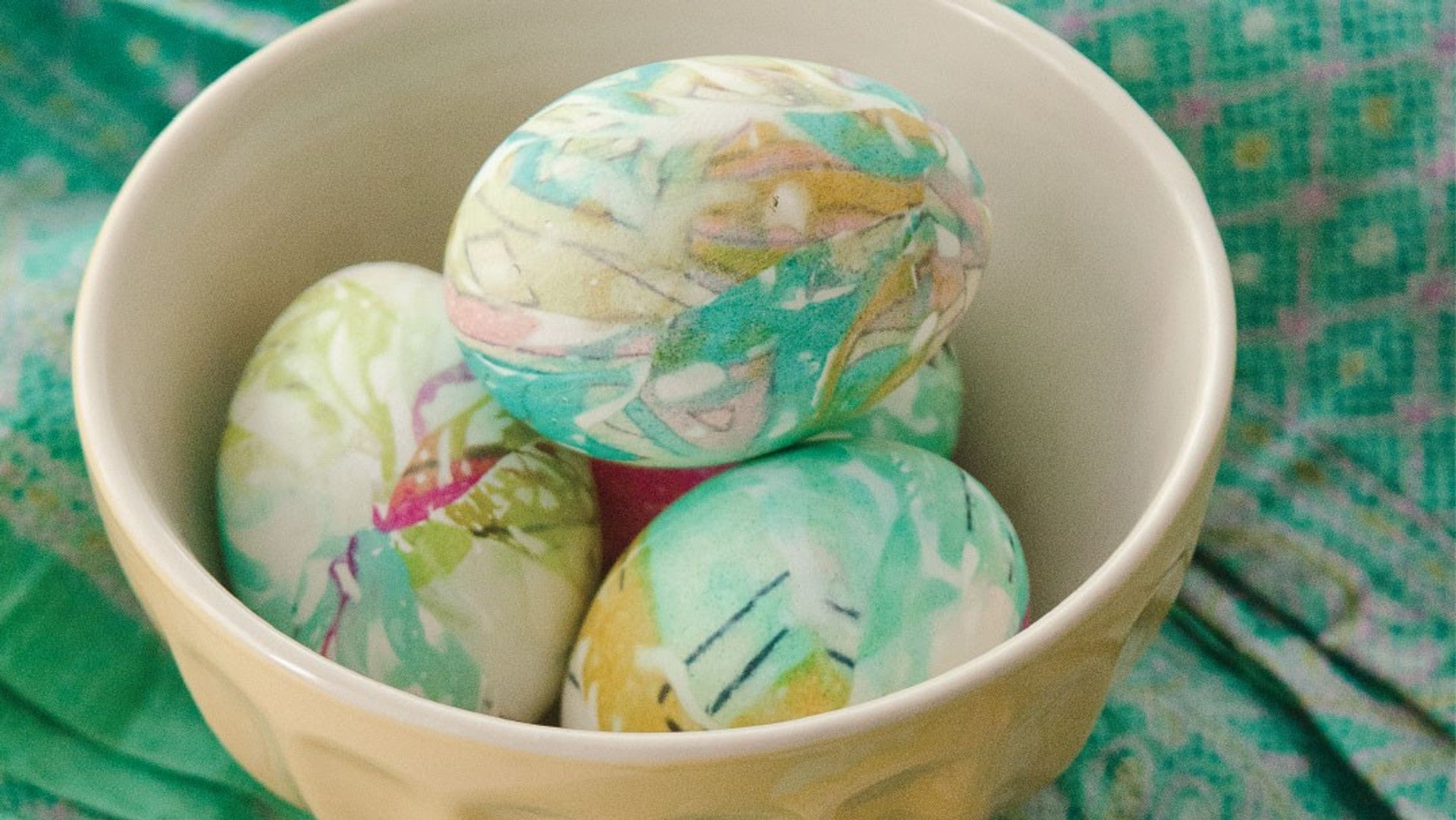


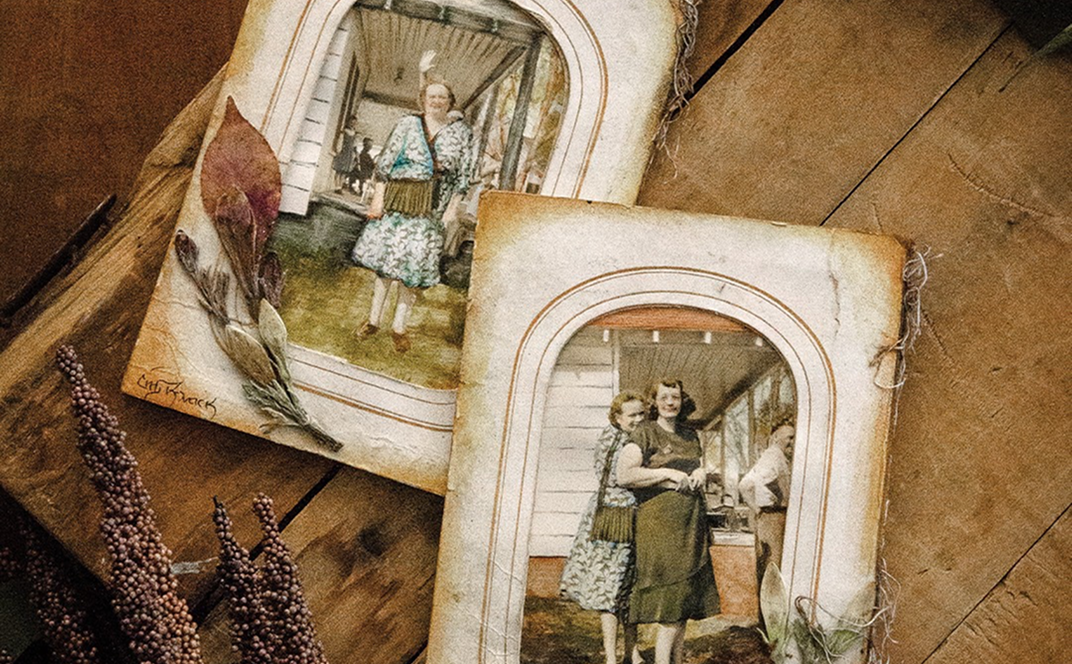
Leave a comment
All comments are moderated before being published.
This site is protected by hCaptcha and the hCaptcha Privacy Policy and Terms of Service apply.